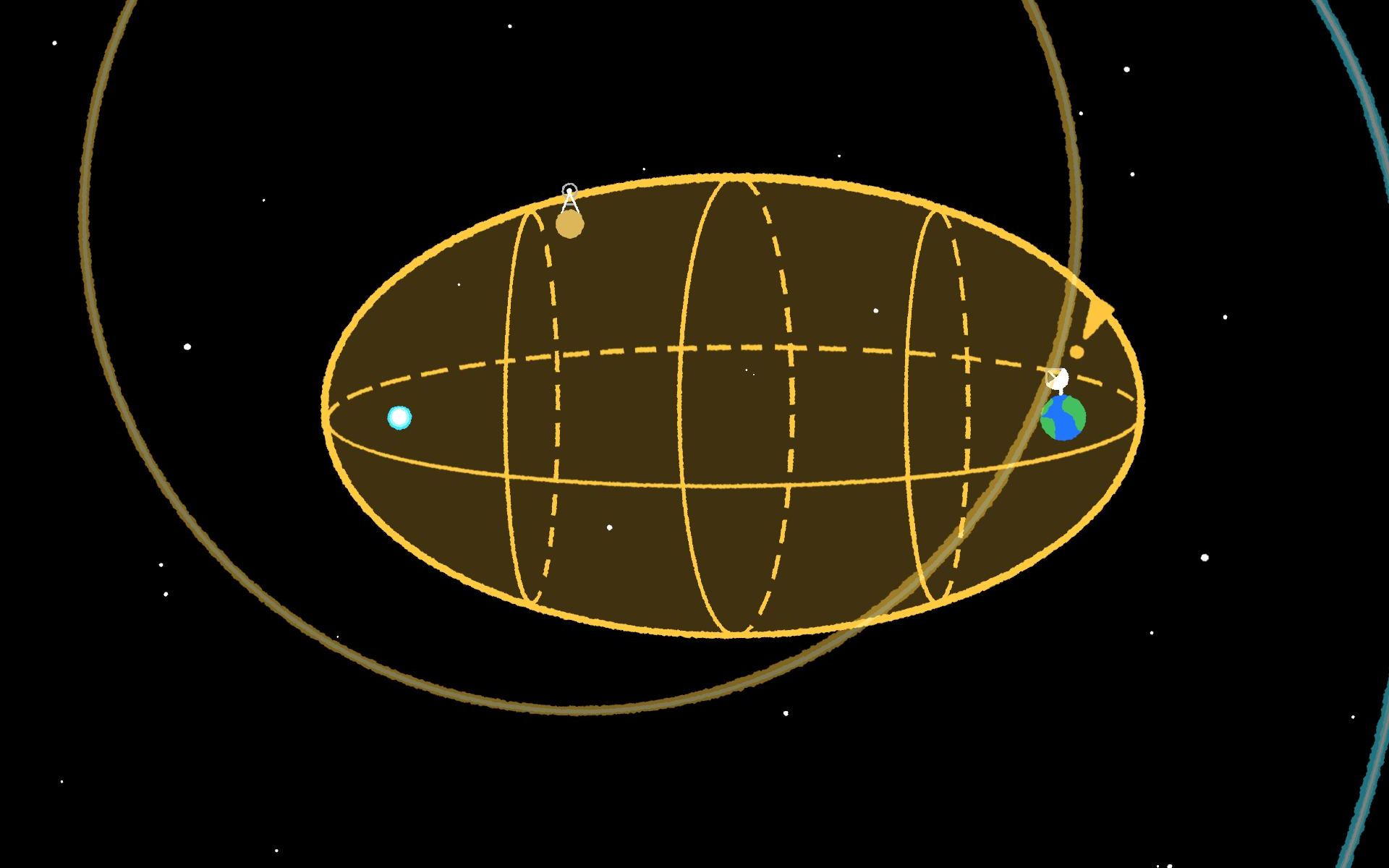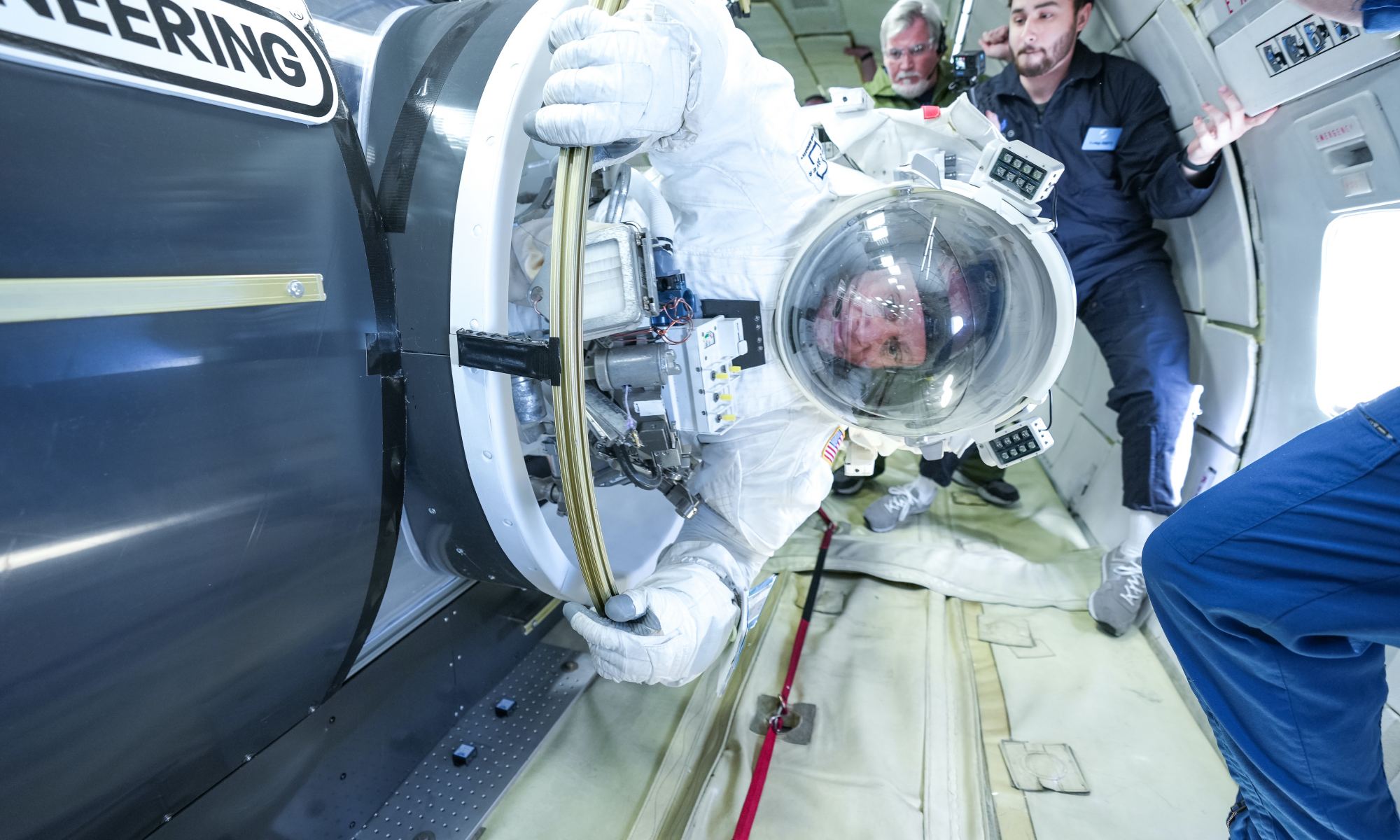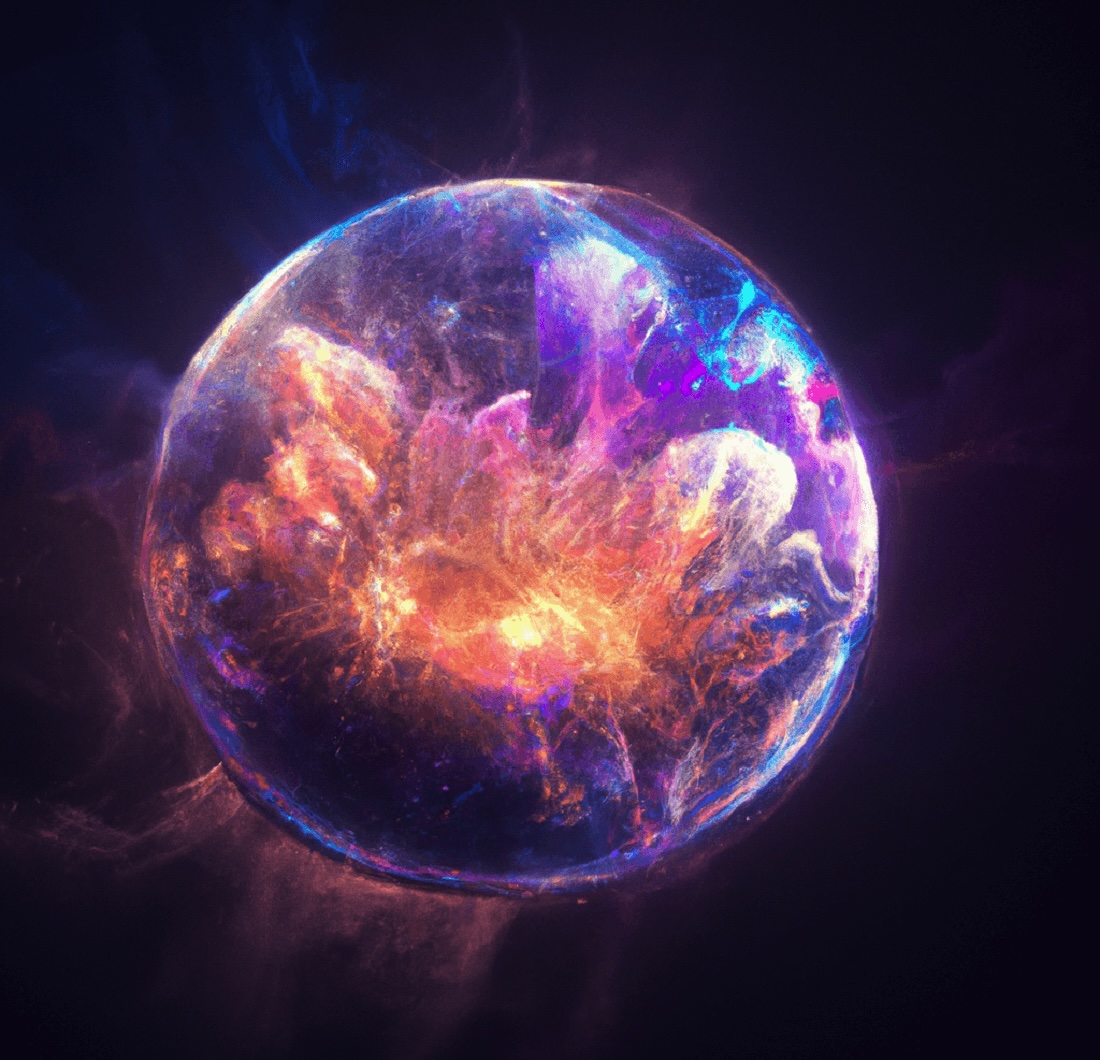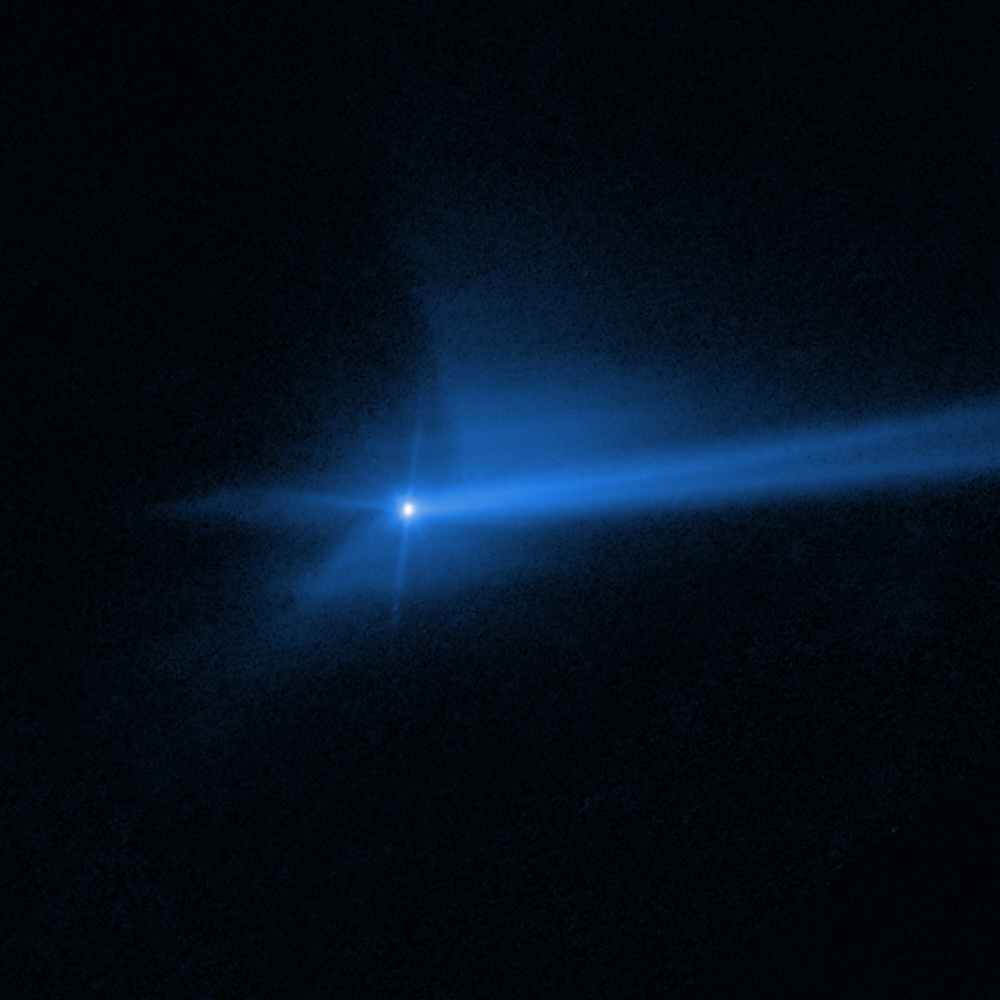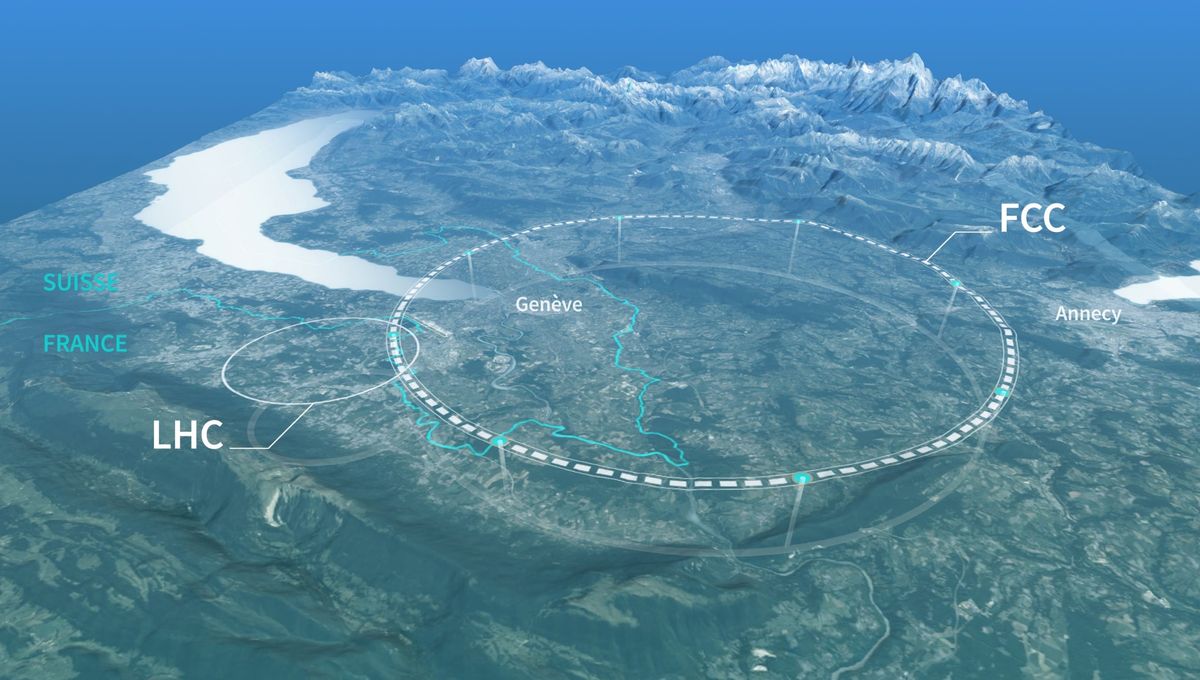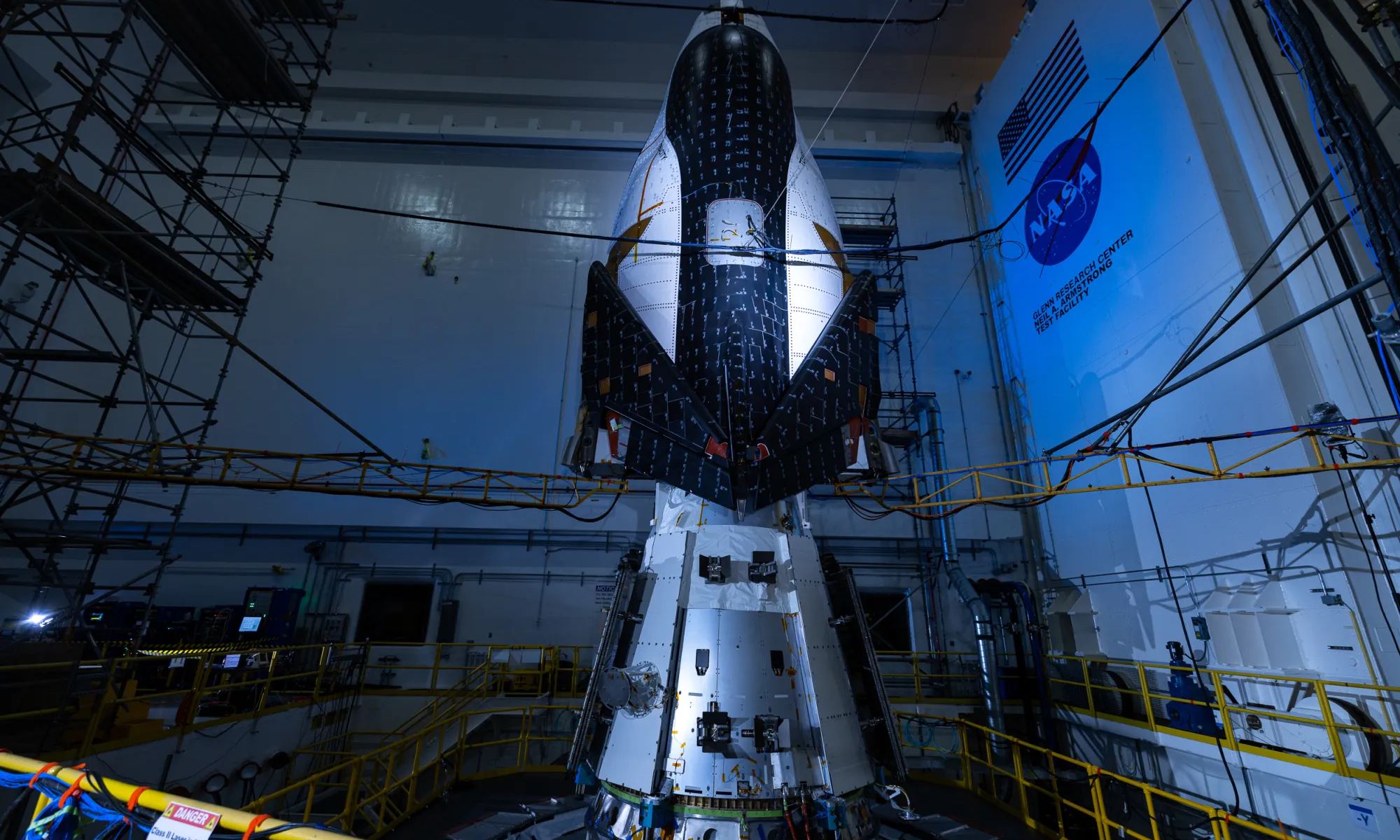Of all the questions that remain unanswered, the question of life in the Universe is surely the one that captures our attention the most. In a Universe whose observable edge is 46 billion light years away, is it even conceivable that we are alone, the sole planet among the millions and perhaps billions that are out there, where life has evolved, an oasis of life in the cosmic ocean. In the search for alien civilisations, researchers have proposed that it may be possible to use bright galactic events like supernovae to act as a focal point for civilisations to announce their presence!
Continue reading “The SETI Ellipse Tells Us Where to Search for Extraterrestrial Civilizations”Next Generation Spacesuit Gets Tested in Weightlessness
Considerable effort goes into the design of space suits and space agencies across the world are always working on improvements to enhance safety and mobility of the designs. NASA is now working with Collins Aerospace to develop their next generation spacesuit for the International Space Station. The new designs are tested extensively and recently, the new design was subjected to a ZeroG flight on board a diving aircraft.
Continue reading “Next Generation Spacesuit Gets Tested in Weightlessness”Water Found on the Surface of an Asteroid
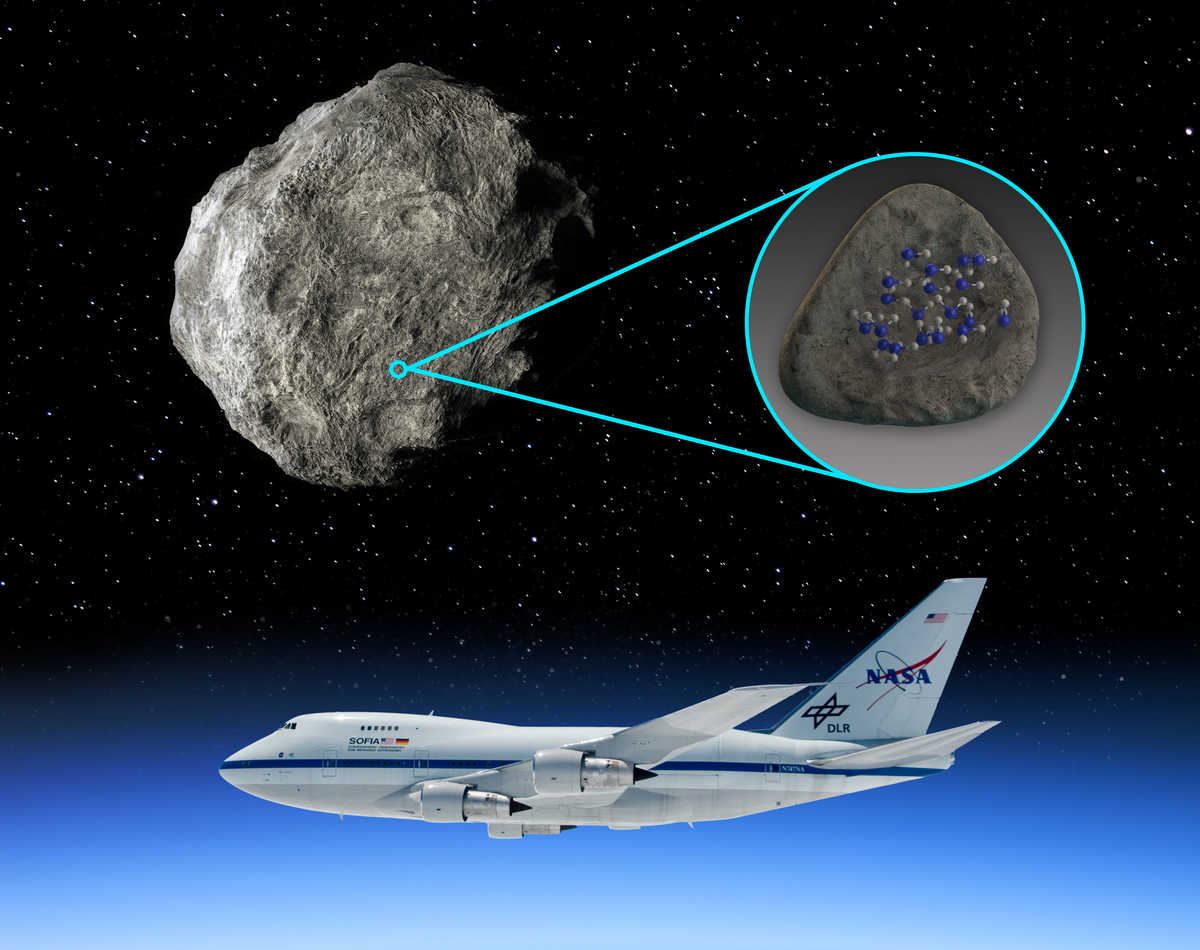
Our Solar System is a collection of objects from planets and moons to comets and asteroids. It’s thought there are upwards of 1 million asteroids orbiting the Sun and it was thought that any water present on them should have evaporate long ago. A recent study using data from the SOFIA infrared telescope discovered water on the asteroids Iris and Massalia.
Continue reading “Water Found on the Surface of an Asteroid”Could We Live Without Kilonovae?
It’s a classic statement shared at many public outreach events…’we are made of stardust’. It is true enough that the human body is mostly water with some other elelments like carbon which are formed inside stars just like the Sun. It’s not just common elements like carbon though for we also have slighly more rare elements like iodine and bromine. They don’t form in normal stars but instead are generated in collisions between neutron stars! It poses an interesting question, without the neutron star merger event; ‘would we exist?’
Continue reading “Could We Live Without Kilonovae?”What Happened to All Those Boulders Blasted into Space by DART?
It was a $325 million dollar project that was intentionally smashed to smithereens in the interest of one day, saving humanity. The DART mission (Double Asteroid Redirection Test) launched in November 2021 on route to asteroid Dimorphos. Its mission was simple, to smash into Dimorphos to see if it may be possible to redirect it from its path. On impact, it created a trail of debris from micron to meter sized objects. A new paper analyses the debris field to predict where they might end up.
Continue reading “What Happened to All Those Boulders Blasted into Space by DART?”CERN Wants to Build an Enormous New Atom Smasher: the Future Circular Collider
One of my favourite science and engineering facts is that an underground river was frozen to enable the Large Hadron Collider (LHC) to be built! On its completion, it helped to complete the proverbial jigsaw of the Standard Model with is last piece, the Higgs Boson. But that’s about as far as it has got with no other exciting leaps forward in uniting gravity and quantum physics. Plans are now afoot to build a new collider that will be three times longer than the LHC and it will be capable of smashing particles together with significantly more energy.
Continue reading “CERN Wants to Build an Enormous New Atom Smasher: the Future Circular Collider”NASA Gives Dreamchaser the Shakedown
It’s been a while since NASA has had a spaceplane on the launchpad but this now feels closer than ever again. Their new prototype cargo spaceplane known as Dream Chaser is now undergoing vibration and vacuum testing at the Neil Armstrong test facility. The tests sound a little strange perhaps but on launch and during re-entry it will most definitely experience shaking during these phases of the flights.
Continue reading “NASA Gives Dreamchaser the Shakedown”Gravitationally Lensed Supernovae are Another Way to Measure the Expansion of the Universe
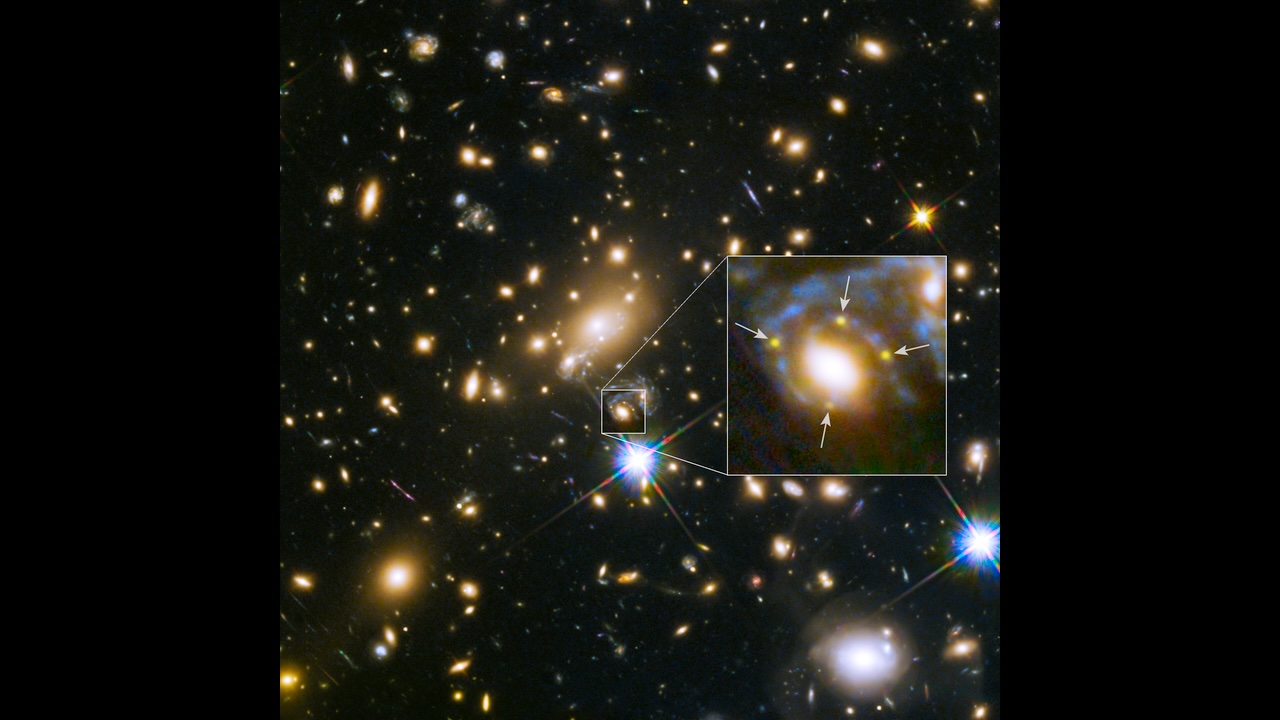
Supernova are a fascinating phenomenon and have taught us much about the evolution of stars. The upcoming Nancy Grace Roman telescope will be hunting the elusive combination of supernovae in a gravitational lens system. With its observing field 200 times that of Hubble it stands a much greater chance of success. If sufficient lensed supernovae are found then they could be used to determine the expansion rate of the Universe.
Continue reading “Gravitationally Lensed Supernovae are Another Way to Measure the Expansion of the Universe”Perseverance Gives Us One Last Look at the Damaged Ingenuity Helicopter
Well I consider that a success; the first aircraft on another world surpassed all expectations. Ingenuity, the helicopter that has been buzzing around on Mars has finally reached the end of its life after a total of 72 flights on the red planet. In a wonderful piece of computer imagery, Simeon Schmauß took a number of images of Ingeniuty from Perseverance and stiched them together into a mosaic and upscaled to provide a human eye view.
Continue reading “Perseverance Gives Us One Last Look at the Damaged Ingenuity Helicopter”Could Forests Become Ultrahigh Energy Neutrino Detectors?
I really don’t know how to introduce this article. Neutrinos are elementary particles and are electrically neutral. They are produced by numerous cosmological events. Trees, well, we all know what they are and in a recent paper, scientists believed it may be possible to use entire forests as neutrino detectors! I was a bit sceptical when I read the paper but its an interesting concept and certainly trees have been used as broadband antennae so perhaps, well its a fascinating concept.
Continue reading “Could Forests Become Ultrahigh Energy Neutrino Detectors? “
